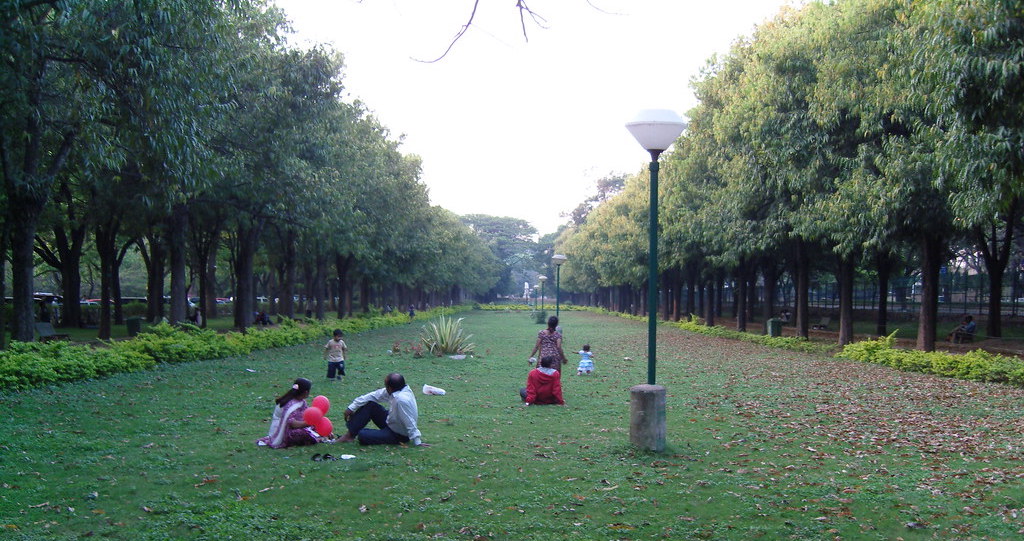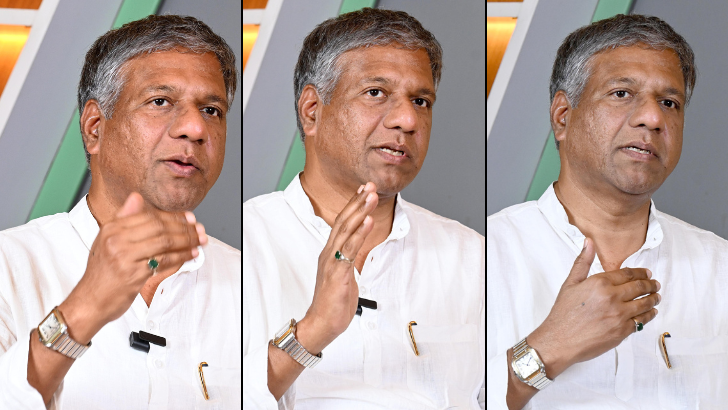City’s flora grapples with water crisis
The Garden City of India used to have a green cover of around 70% in the 1970s, but it has now reduced to around 14% or 24,710 acres, with around 979 species of trees and 980 species of plants
BENGALURU, 15 MARCH
Bengaluru was known for its vibrant
green spaces and clean waterbodies, but now the City is facing a never-before
water crisis.
The Garden City of India used to
have a green cover of around 70% in the 1970s, but it has now reduced to around
14% or 24,710 acres, with around 979 species of trees and 980 species of
plants. While some of the flora are drought-tolerant, others require consistent
water to survive.
“Many nurseries and parks in the
City are struggling to maintain their plants due to limited access to water,”
Ramesh DS, Director of Horticulture, Lalbagh, told Salar News. “These nurseries
and their growing plants are essential for the environment of the City in the
future,” he said.
Lalbagh Botanical Garden and Cubbon
Park, often known as the ‘lungs’ of the City, are too bearing the brunt of the
water shortage. The ban imposed by Bangalore Water Supply and Sewerage Board
(BWSSB) on using drinking water for gardening has impacted their maintenance.
Lalbagh gardens covers an area of around 240 acres (including the lake and
mountain) and Cubbon Park covers an area of 198 acres.
“Both the green spaces require at
least 1.5 million litres of water per day to maintain the greenery,” Kusuma G,
Deputy Director of Horticulture (Lalbagh Gardens), told Salar News. “We depend
on the treated water that we get from BWSSB’s Sewage Treatment Plant (STP) and
the borewells situated in the parks. We are resorting to drip irrigation and
using recycled water whenever possible. With the water crisis rising, the STPs
may also see a shortage of water. As of now, the water is enough to maintain
these spaces, but nothing can be said about the future.”
The STPs in Lalbagh and Cubbon Park
can generate 1.5 and 4.5 million litres per day, respectively. These treatment
plants get the sewerage water from the surrounding public and residential
areas. The water is then treated and used for maintaining the parks. “Since
both the parks require only 1.5 MLD of water, these STPs are enough for us and
we do not need the drinking water at all. The borewell water is mainly used by
the nurseries that come under Horticulture Department,” Kusuma said.
The water crisis in the City stems from a combination of factors. Declining rainfall, coupled with an increasing population and unregulated groundwater extraction, has led to alarmingly low water tables. Urban horticulture plays a crucial role in regulating temperatures, providing fresh air, and promoting biodiversity. With limited water availability, these benefits are placed at risk.
Leave a Reply
Your email address will not be published. Required fields are marked *













.png)
.png)
.png)
.png)

.jpg)

